The Göttingen Collection of Mathematical Models
These beautiful objects represent beautiful ideas.
The University of Göttingen has a long history of academic excellence, but in the early 20th century, its mathematics department was one of the main attractions.
The department’s stars were Felix Klein and David Hilbert, and one of Klein’s projects was to develop and preserve the school’s incredible collection of mathematical models. Started in 1780 with a set of cardboard polyhedrons, today the collection has hundreds of models dated from the 18th to the 21st century.
These models represent everything from algebraic curves to topology to probability theory. The collection also includes mathematical instruments—calculating devices, drawing devices, planimeters, and more.
The collection was designed to combine “technical mathematical knowledge with aesthetically-pleasing geometrical representations,” as mathematician and historian David E. Rowe writes—although math lovers might enjoy the ideas represented here, the collection itself is remarkably accessible to even the least math-minded person. These are beautiful objects, regardless of what they represent.
Know Before You Go
The collection is open to the public whenever the math building is open; the collection is on the second floor.






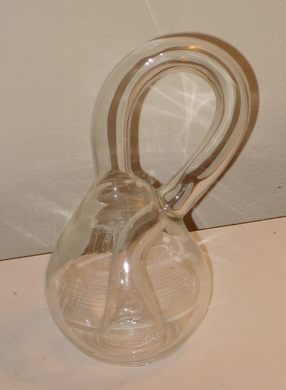







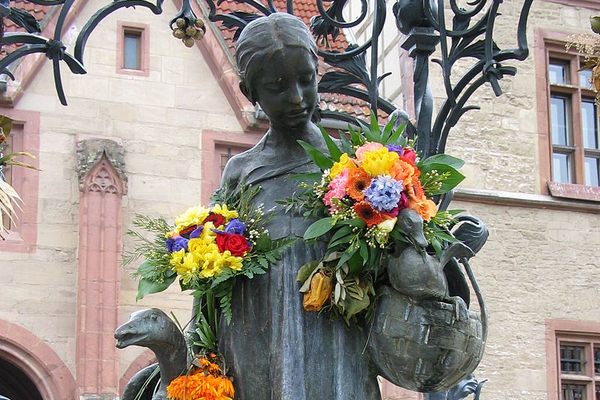
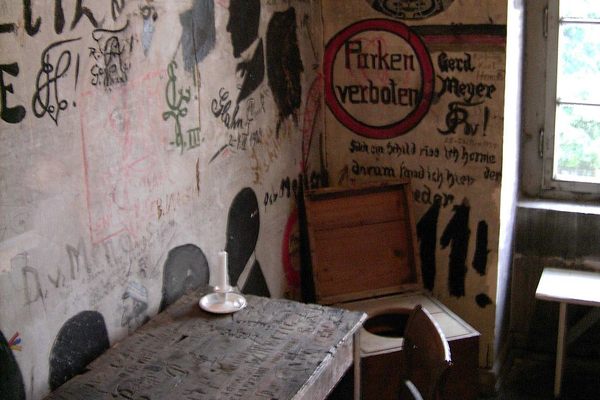


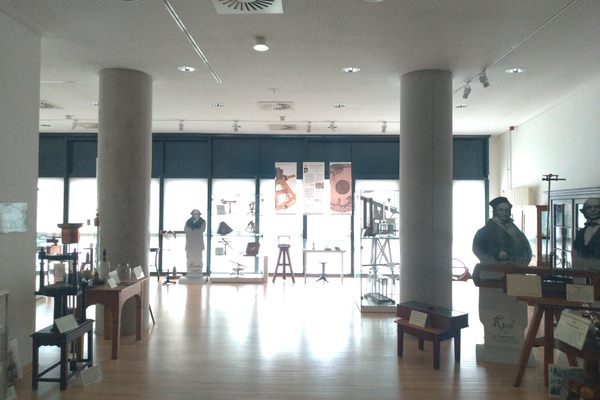

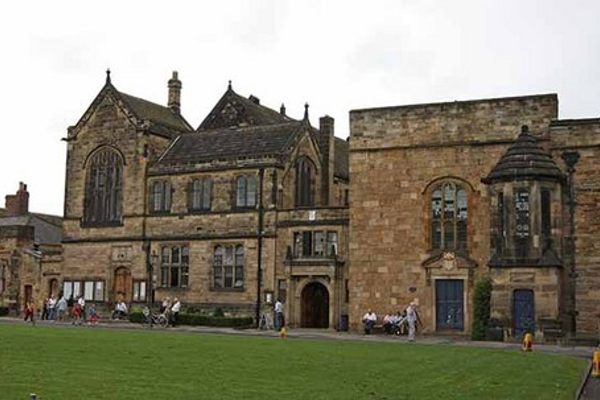
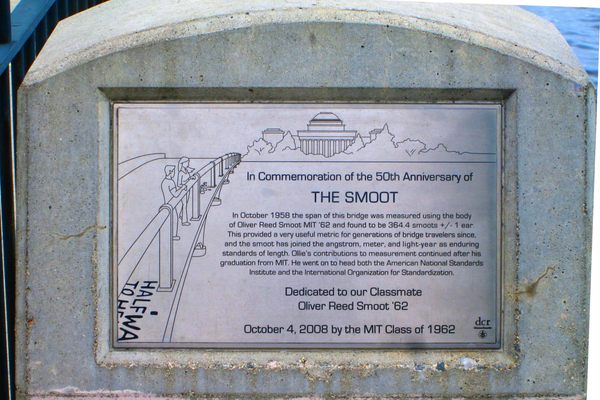
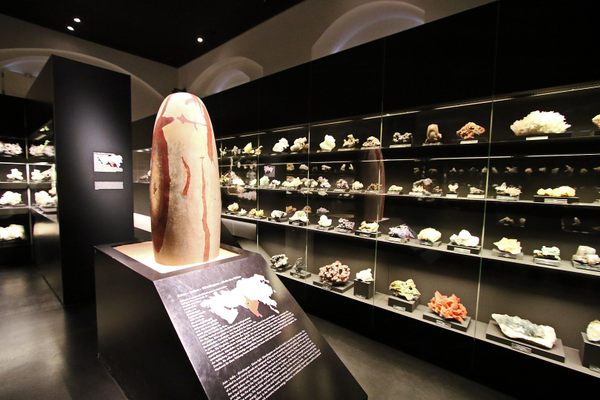

Follow us on Twitter to get the latest on the world's hidden wonders.
Like us on Facebook to get the latest on the world's hidden wonders.
Follow us on Twitter Like us on Facebook